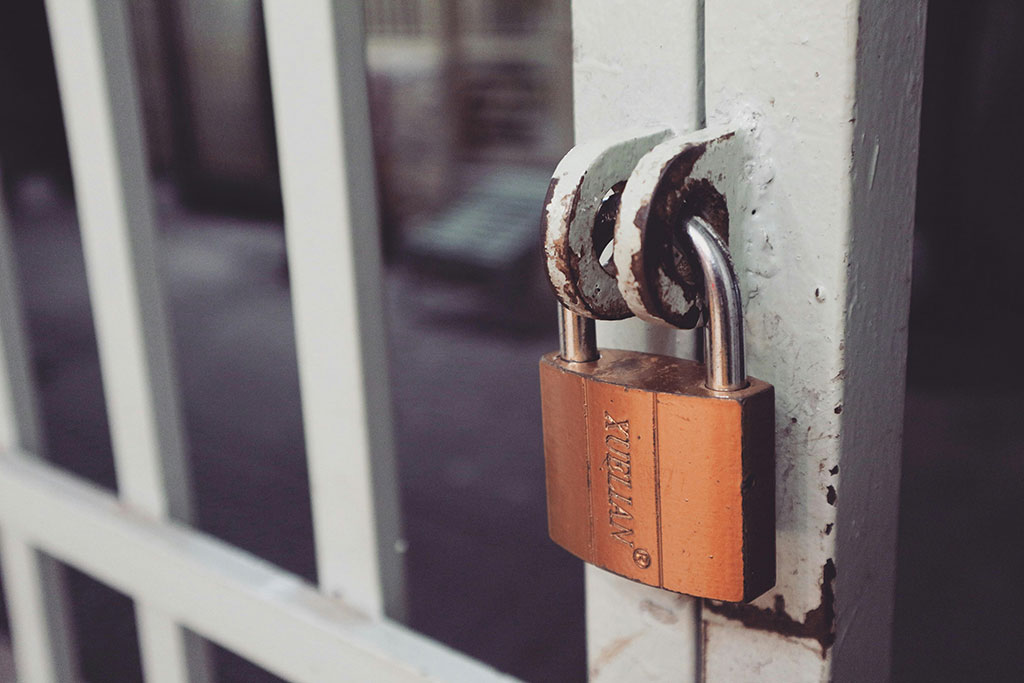Heartland Tri-State Bank in Kansas has been forced to halt operations by regulators after it became insolvent, marking it the fifth bank to collapse in the United States this year. After determining that the bank, which had its headquarters in Elkhart, had fallen insolvent, Kansas Bank Commissioner David Herndon appointed the Federal Deposit Insurance Corporation (FDIC) as a receiver. After that, the FDIC sold it to Dream First Bank.
Heartland Tri-State Bank to resume operations under FDIC
In an arrangement with Dream First Bank of Syracuse, Kansas, the FDIC agreed to carry out all Heartland Tri-State Bank’s deposits to safeguard clients. As a result, on Monday, July 31, the four locations of Heartland Tri-State Bank will reopen under the name Dream First Bank. The bank’s depositors can access their money by writing cheques or using ATM or debit cards. The bank will continue to handle checks drawn on it and customers who have loans will go on making their regular installments.
Customers do not need to switch banks to keep their deposit insurance coverage; rather, depositors of Heartland Tri-State Bank will become depositors of Dream First Bank, National Association, according to FDIC. Customers of Dream First Bank, the National Association, have been asked to utilize their current branch until they get a notification that Dream First Bank has finished making system improvements to enable its branch offices to handle their accounts. Heartland Tri-State Bank customers should do the same until they receive notice from Dream First Bank.
According to the FDIC, Heartland Tri-State Bank has around $139 million in total assets and $130 million in deposits as of March 31, 2023. As part of the arrangement, Dream First Bank will take over almost all of the failing bank’s assets. The FDIC predicts a $54.2 million expense for the Deposit Insurance Fund (DIF).
According to Herndon’s office, Heartland Tri-State Bank’s insolvency was caused by an isolated incident. The event has had no impact on Kansas’ banking sector, and Kansas’ banks are still strong, it explained.
Four US banks have fallen so far
Heartland Tri-State Bank’s collapse marks the fifth bank collapse in the United States in 2023. US regulators seized the struggling First Republic Bank (FRB) on May 1, 2023, to stop more unrest in the banking industry. They immediately sold all their deposits and assets to the nation’s largest bank, JPMorgan Chase. Notably, the FRB collapsed despite receiving a $30 billion lifeline from 11 of the biggest banks in the nation in mid-March.
Silvergate Capital Corporation then announced plans to voluntarily liquidate itself on March 8 due to losses sustained due to the failure of cryptocurrency exchange FTX. A well-known lender to technological start-ups and venture capital firms in the San Francisco Bay Area, Silicon Valley Bank, was then shut down by US regulators two days later. On March 12, New York officials closed down the cryptocurrency-focused Signature Bank to quell a growing financial crisis brought on by the Silicon Valley Bank’s closure.
After Washington Mutual, which failed during the 2008 global financial crisis and was bought by JPMorgan, First Republic, Silicon Valley Bank, and Signature Bank are now the second, third, and fourth largest bank failures in US history, respectively. Together, the three recently defunct banks possessed $532 billion in assets, above the $526 billion (adjusted for inflation) held by the 25 defunct banks in 2008.
Numerous factors contributed to the current regional banking crisis, including high levels of uninsured deposits, regulatory rollbacks, and lax US Federal Reserve oversight. These factors have led to sharp drops in the market value of Treasury bonds and government-backed mortgage securities held by regional banks.





